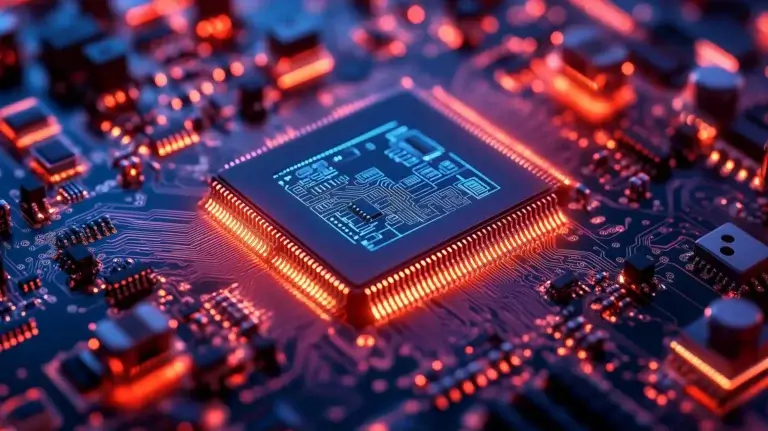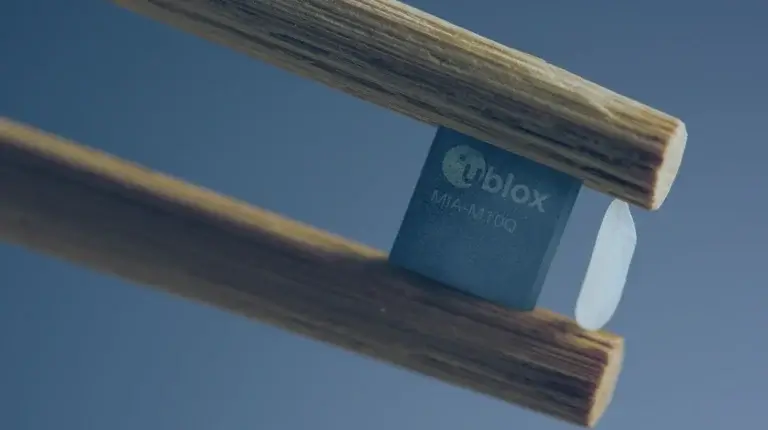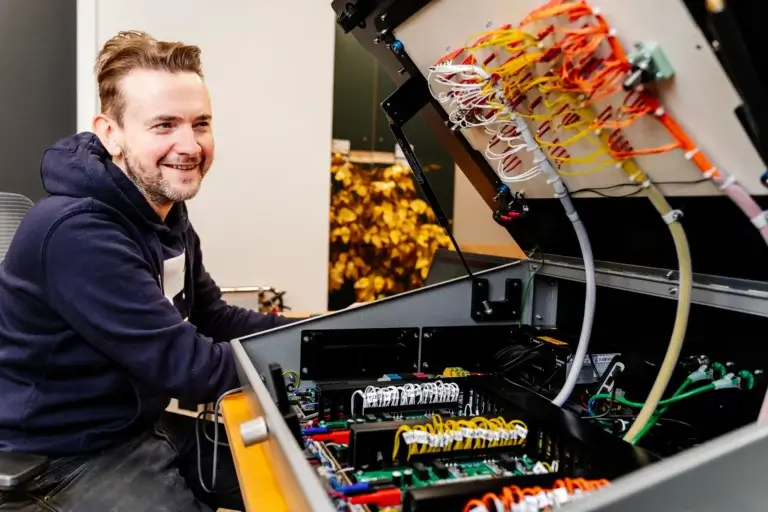7 Must-Know EU Standby Power Rule Changes
- Stricter Power Limits: From 2025 under a new EU mandate, devices in standby or off mode must not exceed 0.5 watts.
- Wider Scope: Regulation now includes motor-operated devices and network-connected equipment.
- Phased Implementation: Gradual introduction of rules by 2025, with stricter limits by 2027.
- Enhanced Compliance Monitoring: Increased surveillance and penalties to guarantee adherence.
- Support for SMEs: Guidelines and potential financial support to help smaller companies with compliance.
- Improved Consumer Information: New labelling requirements for better consumer awareness.
- Broader Impact: Significant reduction in energy consumption and enhanced sustainability.
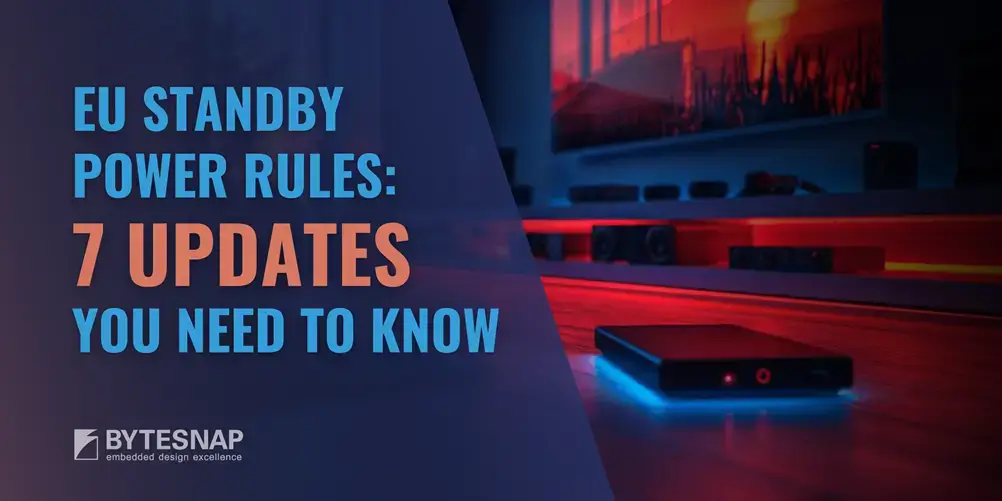
Introduction
In the electronic product design industry, we’re constantly balancing innovation with compliance.
The new EU standby power regulations set to come into force in May 2025 are a game-changer. They promise to reshape the landscape of electronic device design and energy consumption.
I’ve been developing low-power electronic products for over 20 years and have witnessed many changes in the industry and technological advances.
I’ve written this blog to help you navigate these rules, so you can make sure your products remain competitive and compliant.
Here, you’ll gain a clear understanding of the updated rules, the implications for your business, and practical strategies to meet these new standards.
Ultimately, you’ll be better equipped to lead your company through this regulatory shift, turning potential challenges into opportunities for growth and sustainability.
Understanding EU Standby Power Rules
The EU Regulation 2023/826, is a comprehensive overhaul of previous standards.
From 2025, electronic devices in standby or off mode must not exceed 0.5 watts of power consumption.
For devices that display information in standby mode, the limit is slightly higher at 0.8 watts. The limits are set to become stricter by 2027.
Who is Affected by the EU Standby Power Regulations 2025?
The reach of Regulation 2023/826 extends far beyond the manufacturing floor, affecting a range of electronic devices that are integral to daily life and business operations.
The regulation impacts manufacturers of:
- Consumer Electronics: Devices such as set-top boxes, routers, and modems, which often remain in standby mode, ensuring they are ready for immediate use, must now reduce their energy consumption to meet new standards.
- Office Equipment: Items like printers and copiers, which traditionally consume energy even when not actively in use, will also need to adhere to the stricter standby and networked standby requirements.
- Electric Vehicle (EV) Charging Stations: As the adoption of electric vehicles grows, the efficiency of EV chargers, especially regarding their standby consumption, becomes increasingly critical.
- Motor-operated Devices: This includes many products from motor-operated adjustable furniture in offices to automated elements in smart homes, such as blinds, curtains, and other building installations.
Each category faces unique challenges, as the products often require instant readiness, which traditionally necessitates higher standby power.
Manufacturers will need to innovate in energy management technologies and redesign products to not only reduce standby power but also maintain the quick responsiveness that consumers and businesses expect.
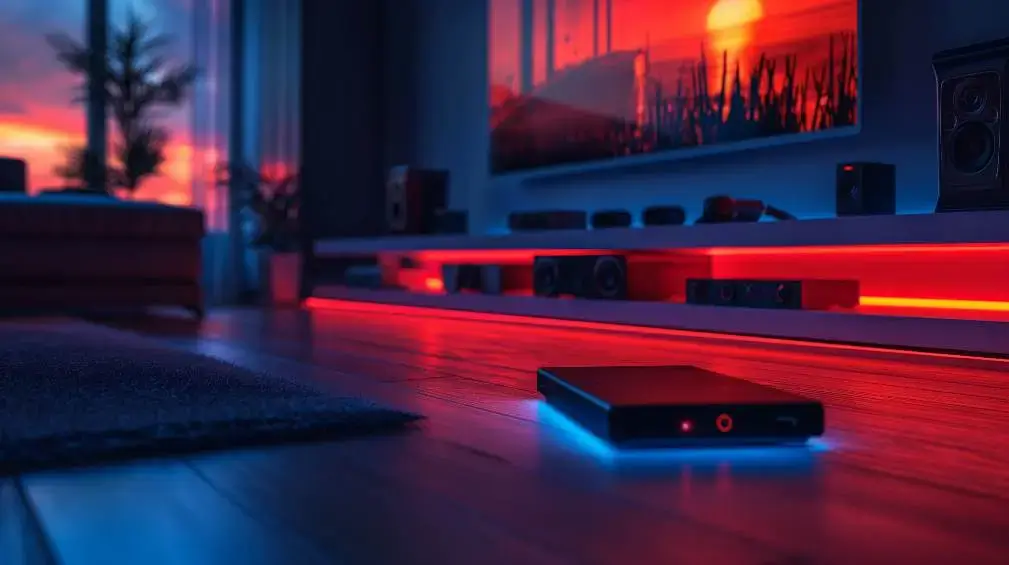
Key Changes
One of the most significant changes is the expanded scope of regulated products.
The new rules now cover a broader range of electronic devices, including motor-operated equipment and network-connected gadgets.
This expansion aims to address the rising energy consumption from miscellaneous electric loads in homes and offices, so that even small power draws are regulated.
Here’s a breakdown of the key changes you need to know to stay ahead of the curve.
1. Stricter Power Limits for Standby Modes
From May 2025, any electronic device in standby or off mode must not exceed 0.5 watts.
For devices that display any status or information on standby, the limit will be slightly higher at 0.8 watts.
By 2027, these limits will tighten further, emphasising the EU’s commitment to cutting energy waste and the policies set by the European Commission to reduce standby power consumption through projects like the One Watt Initiative.
2. Expanded Scope of Regulated Products
The scope of products under these regulations has broadened significantly. It’s not just about TVs and microwaves anymore.
The new rules now cover a wide range of household and office electronics, motor-operated devices, and smart home components.
This expansion aims to address the rising miscellaneous electric load in homes and offices, including small appliances, security systems, and other small power draws.
Environmental Impact of Standby Power
Such devices may seem insignificant, but the amount of power they consume in standby mode, also known as voltage, can swallow a substantial amount of their total battery life, and contributes significantly to energy consumption globally.
This issue, also known as “vampire power,” is largely caused by inefficient AC adapters in older electronics, wasting nearly 50% of the supplied energy.
However, this problem has been largely solved with newer electronics, which tend to use less power and have more efficient standby modes, such as those with the Energy Star label.
With the expansion of the standby power rules, more products, including those with DC power sources like DC adapters, will now be regulated to reduce wasted energy and save consumers money.
This means that a larger variety of products, including motorised furniture, gates, and motor-operated curtains and blinds, will need to comply with stringent energy efficiency standards, including reducing phantom load, to help mitigate the environmental consequences of standby power usage.
3. Inclusion of Networked Standby Devices
From 2027, network-connected devices must not consume more than 2 to 7 watts, depending on the type of product.
This change is crucial for reducing the amount of electricity used by devices that are always on, even when they’re not actively being used.
4. Increased Monitoring and Compliance Measures
Expect more rigorous market surveillance and potential penalties for non-compliance.
The EU is ramping up its monitoring efforts to ensure adherence to the new rules.
This means you’ll need to adopt comprehensive compliance strategies, including regular product testing and certification through recognised bodies, to avoid any legal or financial repercussions.
5. Enhanced Consumer Information and Labelling
The new regulations also focus on consumer awareness. Products will require updated labels that clearly display their energy consumption in standby modes.
This move helps consumers make more informed choices and encourages manufacturers to prioritise energy efficiency in product design and marketing.
Enhanced labelling is expected to significantly reduce power consumption in standby modes, contributing to the EU’s broader goals of reducing energy use and greenhouse gas emissions.
By understanding and preparing for these changes, you can ensure your company remains compliant, competitive, and committed to sustainability. This shift is seen as key to achieving the EU’s climate goals, as the industrial sector alone is projected to consume 24 terawatt hours of electricity in 2050 during times of high demand.
6. Support and Resources for SMEs
Recognising the challenges that small and medium-sized enterprises (SMEs) might face, the EU plans to offer additional support.
This includes guidelines, workshops, and possibly financial aid to help SMEs adjust to the new regulations.
These resources are designed to allow all market players, regardless of size, to meet the new standards without undue financial strain.
7. Phased Implementation
The EU has acknowledged that adapting to these new standards is a significant task.
To ease the transition, the regulations will be rolled out in phases.
Initial changes will start in 2025, with stricter requirements set for 2027. This phased approach allows you to plan and implement design changes systematically, reducing the burden of sudden compliance.
Comparison of Old and New Standby Power Requirements
Device Type | Previous Requirements | New Requirements 2025-2027 |
|---|---|---|
Set-top Boxes | 1.0 watts | 0.5 watts (2025) |
Routers | 1.0 watts | 0.5 watts (2025) |
Modems | 1.0 watts | 0.5 watts (2025) |
Printers | 1.0 watts 2.0 (networked standby) | 0.8 watts (2027) (networked standby) |
EV Chargers | No specific requirement | 0.5 watts (2025) |
Microwave Ovens | 1.0 watts | 0.5 watts (2025) |
Electric Toys | 1.0 watts | 0.5 watts (2025) |
Audio Equipment | 1.0 watts | 0.5 watts (2025) |
Video Equipment | 1.0 watts | 0.5 watts (2025) |
Why Compliance Matters
Legal Implications
Non-compliance with these new regulations can result in severe penalties, including fines and market restrictions.
For company owners and senior stakeholders, ensuring your products meet these standards is a matter of maintaining your company’s market position and reputation – as well as avoiding legal repercussions.
Financial Impact
Reducing standby power consumption can lead to significant cost savings. Lower energy usage means reduced operational costs, which can directly impact your bottom line.
Also, energy-efficient products are increasingly in demand, offering a competitive edge in a market that values sustainability.
Environmental Benefits
Adhering to these regulations also aligns with broader environmental goals.
Reducing standby power consumption contributes to lower greenhouse gas emissions and a smaller carbon footprint. This not only benefits the planet but also enhances your company’s corporate social responsibility profile, appealing to eco-conscious consumers and stakeholders.
By understanding and implementing these new EU standby power rules, you can ensure your company remains compliant, competitive, and committed to sustainability.
Let’s now delve deeper into the challenges and strategies for meeting these standards – plus, I’ll have some actionable insights for you to lead your company through this transition.
Challenges in Meeting EU Standby Power Standards
Technical Hurdles
Meeting the new EU standby power standards is no small feat. One of the primary challenges is the technical complexity involved in reducing standby power consumption to the mandated levels.
Many electronic devices, especially those with network connectivity, require a constant power supply to maintain essential functions like updates and remote access.
Achieving the new limits of 0.5 watts for standby modes and 0.8 watts for devices displaying information while in standby mode requires significant redesign of power management systems.
For instance, older power adapters and transformers are often inefficient, consuming several watts even when the device is not in active use.
Upgrading these components to more efficient versions that meet the new standards can be both costly and technically demanding.
Also, the integration of energy-efficient components must be done without compromising the device’s performance or user experience.
Design Considerations
Designing products that comply with the new regulations involves a delicate balance between functionality and energy efficiency.
Manufacturers must consider the power requirements of various components, such as displays, processors, and network modules, and find ways to minimise their energy consumption in standby mode.
This often means investing in new technologies and redesigning existing products from the ground up.
For example, devices like smart TVs and gaming consoles, which are expected to be ready for instant use, pose a significant challenge.
These devices typically consume more power in standby mode to maintain network connectivity and quick start-up times. Reducing their standby power consumption without affecting their responsiveness requires innovative design solutions and advanced power management techniques.
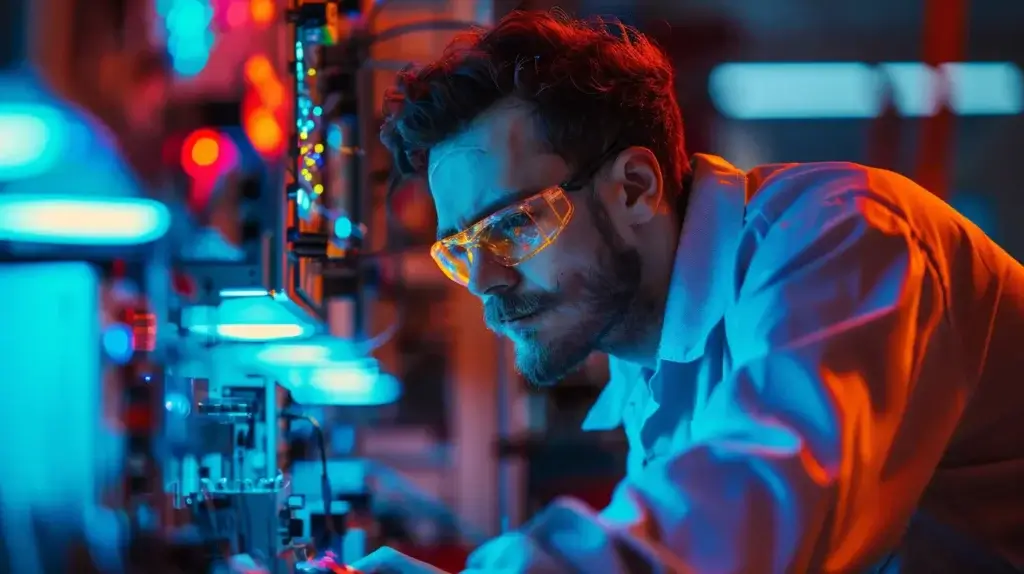
Testing and Certification
Another major challenge is the rigorous testing and certification process required to ensure compliance with the new standards.
Manufacturers should conduct extensive testing to measure the standby power consumption of their products accurately. This involves using specialised equipment and adhering to strict testing protocols, which can be both time-consuming and costly.
In addition, obtaining certification from recognised bodies is essential to demonstrate compliance. This process not only adds to the overall cost but also requires detailed documentation and regular audits to maintain certification.
For small and medium-sized enterprises (SMEs), these requirements can be particularly burdensome, potentially hindering their ability to compete in the market.
Redesign Services
Recognising these challenges, ByteSnap is ready to support manufacturers through our comprehensive Redesign Service.
Our expertise in electronics design and deep understanding of regulatory compliance allows us to provide tailored solutions that help manufacturers not only meet the new regulations, but also position their products as market leaders in energy efficiency.
Strategies for Reducing Standby Power
Innovative Technologies
Manufacturers can leverage several innovative technologies to meet the new EU standby power regulations.
One effective approach is the use of advanced power management integrated circuits (PMICs) that optimise power distribution within the device.
These PMICs can dynamically adjust power levels based on the device’s operational state, significantly reducing energy consumption in standby mode.
Another promising technology is the adoption of low-power wireless communication modules. These modules can maintain network connectivity while consuming minimal power, making them ideal for smart home devices and other networked equipment.
Incorporating energy-efficient displays and processors can also reduce standby power consumption further, without compromising performance.
Design Best Practices
Implementing best practices in product design is crucial for achieving compliance with the new standards.
One key strategy is to design devices with multiple power states, allowing them to enter a low-power mode when not in active use.
For example, devices can be programmed to switch off non-essential components, such as displays and network modules, during periods of inactivity.
Another effective tip – the use of efficient power adapters and transformers.
Modern power adapters are designed to consume less energy in standby mode, helping to meet the stringent power limits set by the new regulations.
Also, designing products with automatic power-down features can ensure that devices enter low-power states when not in use, further reducing standby power consumption.
Compliance and Technical Specifications – Practical Next Steps
For manufacturers, the path to compliance with Regulation 2023/826 involves a meticulous review of product design and operational protocols.
Here’s how to align with the new requirements:
- Technical Audit and Redesign: Conduct a comprehensive audit of current product lines to identify which models do not meet the new energy efficiency standards. This will most likely lead to a redesign of power supply units and control systems to enhance energy-saving features without compromising performance.
- Testing and Documentation: Implement rigorous testing procedures for redesigned products to ensure they meet the new standards. This process should be well-documented, with clear records of energy consumption levels in various modes, providing transparency and readiness for compliance verification.
- Certification: Obtain certification from recognised bodies that attest to the product’s compliance with the EU standards. This certification not only helps in regulatory compliance but also serves as a mark of quality and efficiency that can be communicated to consumers.
- Market Surveillance Preparedness: Prepare for potential market surveillance checks by ensuring all products released to the market post-regulation enactment are fully compliant. This includes training teams and setting up internal compliance checks as a regular part of product development and release cycles.
- Consumer and Client Communication: Update marketing materials and product manuals to reflect the changes and improvements in product designs concerning energy consumption. Educating consumers and business clients about the benefits of these new low-power designs will be crucial for market acceptance.
Are you ready for the EU Standby Power Rule changes?
Prepare for the future today by partnering with ByteSnap to navigate the complexities of EU Regulation 2023/826. Schedule a call to learn more about how we can help you transform these regulatory challenges into competitive advantages.
.
FAQs
What are the new EU standby power regulations?
The new EU regulations, set to take effect in 2025, impose stricter limits on the power consumption of electronic devices in standby and off modes. Devices must not exceed 0.5 watts in standby or off mode, and 0.8 watts if they display information while in standby mode. By 2027, these limits will become even stricter.
What are the benefits of reducing standby power consumption?
Reducing standby power consumption can lead to significant cost savings, lower energy bills, and a smaller carbon footprint. It also enhances your brand’s reputation as a leader in sustainability and energy efficiency.
Which products are affected by the new regulations?
The regulations cover a wide range of household and office electronics, motor-operated devices, and smart home components; everything from TVs and microwaves to smart home devices and network-connected equipment.
What support is available for SMEs?
The EU plans to offer additional support for small and medium-sized enterprises (SMEs), including guidelines, workshops, and potentially financial aid.
How can I ensure my products comply with the new regulations?
Compliance involves several steps, including redesigning power management systems, integrating energy-efficient components, and conducting rigorous testing and certification.
Partnering with low-power development experts like ByteSnap can help you navigate these steps effectively.
How can ByteSnap Design help with compliance?
ByteSnap offers end-to-end support, from initial audits and design reviews to testing and certification.
Our customised solutions are designed to meet regulatory requirements while improving the performance and energy efficiency of your products.

Dunstan is a chartered electronics engineer who has been providing embedded systems design, production and consultancy to businesses around the world for over 30 years.
Dunstan graduated from Cambridge University with a degree in electronics engineering in 1992. After working in the industry for several years, he co-founded multi-award-winning electronics engineering consultancy ByteSnap Design in 2008. He then went on to launch international EV charging design consultancy Versinetic during the 2020 global lockdown.
An experienced conference speaker domestically and internationally, Dunstan covers several areas of electronics product development, including IoT, integrated software design and complex project management.
In his spare time, Dunstan enjoys hiking and astronomy.

